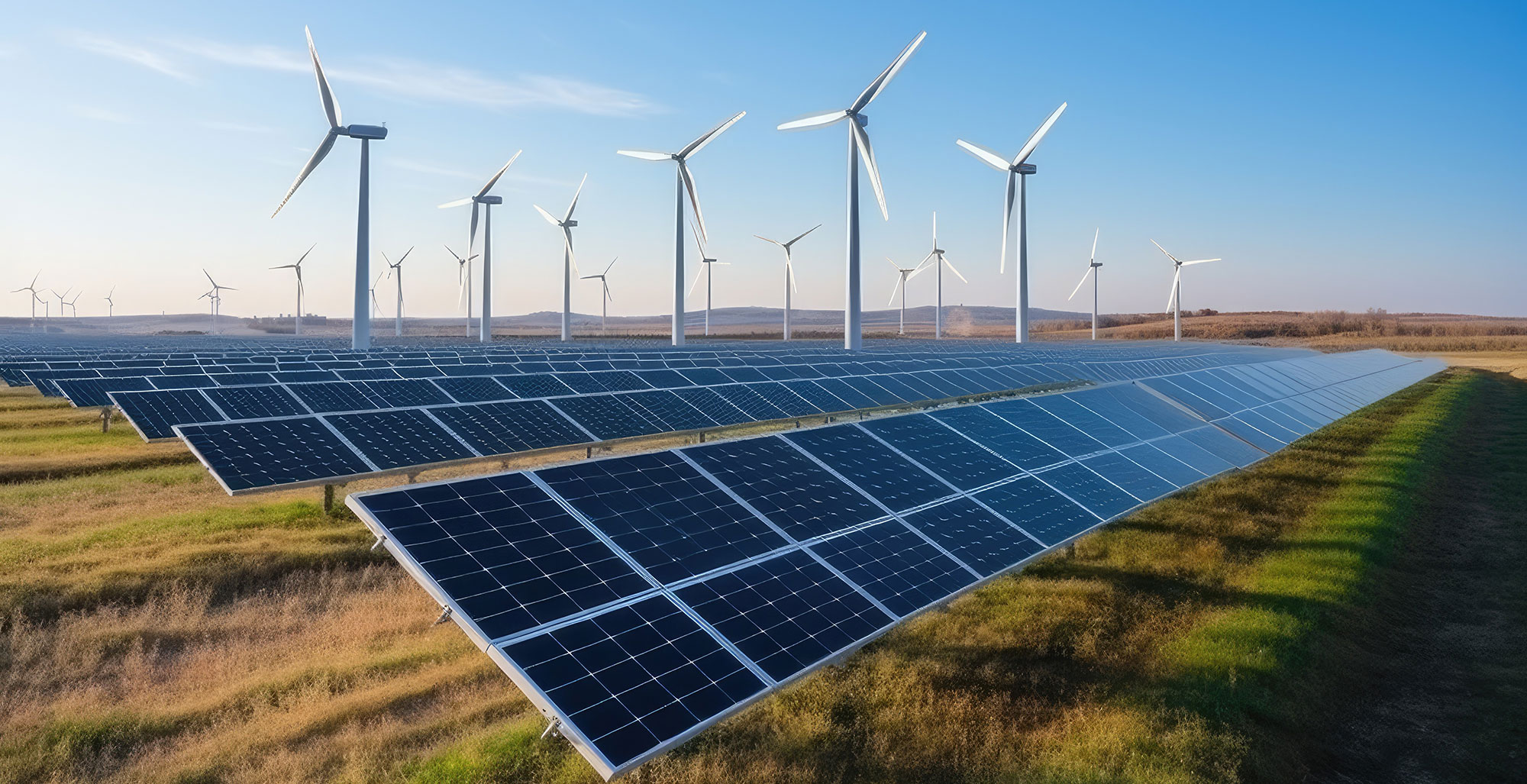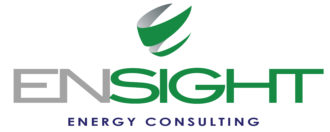
Interested in the Domestic Content Bonus Credit? Are you a Developer or Financier or maybe a trailblazing Manufacturer? We have you covered! Dive into our continuing series to unravel the intricacies of this lucrative but complex economic incentive and understand how to benefit from it. In this post, let’s start with the foundations…
What is the Domestic Content Bonus Credit?
The Inflation Reduction Act* brought exciting news for clean energy developers and manufacturers – the Domestic Content Bonus Credit. Designed to boost domestic production, the Domestic Content Bonus Credit is an adder offered on top of existing tax credits like the Investment Tax Credit (ITC) and Production Tax Credit (PTC) for projects that utilize specified percentages of US made iron, steel, and product components.
*§§ 45, 45Y, 48, and 48E of the Internal Revenue Code and notice 2023-38.
Who benefits from the Domestic Content Bonus Credit?
Developers and financiers of renewable energy projects are the primary beneficiaries of the Domestic Content Bonus Credit. These businesses receive tax incentives for investing in projects that encourage the use of domestic materials and resources, thereby promoting economic growth within the country.
Domestic manufacturers also benefit from this credit as demand for their locally produced iron, steel, and manufactured components increase when developers and financiers look to source their projects with domestically made products and thus strengthen the US clean energy supply chain.
What kind of projects qualify for the Domestic Content Bonus Credit?
Renewable energy projects like solar, wind (offshore and onshore), and battery storage are eligible, provided they meet the domestic content requirements.
What qualifies a project for the Domestic Content Bonus Credit?
In general, a project can qualify for the Domestic Content Bonus Credit if it satisfies the following requirements.
- It must be a qualified energy project (more on this in our subsequent posts)
- The manufacturing processes for steel or iron items that are structural in function should have taken place in the United States. This does not apply to items like nuts, bolts, and clamps that may be components of manufactured products.
- At least a certain percentage of the total cost of manufactured products must be produced in the US. This percentage depends on the type of project and certain other factors like when construction began. It is called the “Adjusted Percentage.”
What is considered Direct Cost?
For the purposes of the Domestic Content Bonus Credit, the cost of a domestic manufactured product or component includes only the costs of direct materials and direct labor, or in other words, the Direct Cost. Margins and indirect costs like SG&A or financing are not included.
How much is the Domestic Content Bonus Credit worth?
The Domestic Content Bonus Credit provides a 10% adder on top of the existing ITC or PTC. For ITC projects, the Domestic Content Bonus Credit can raise the credit by 10 percentage points (or 2 percentage points if certain requirements aren’t met). For PTC projects, it can increase the value of the credit by 10 percent.
Are there any limitations to the Domestic Content Bonus Credit?
Yes, there are limitations. The eligibility criteria, including the Adjusted Percentage, may vary based on the type of energy project and specific requirements. It’s crucial for businesses to carefully review and comply with the guidelines to maximize their benefits.
What are the recordkeeping requirements?
To claim the Domestic Content Bonus Credit, businesses need to maintain meticulous records of their project’s domestic content. This includes documentation on the origin and Direct Costs of materials used. Consulting with professionals like Ensight Energy who specialize in these incentives is also advisable to navigate the complexities.
Are there any upcoming changes to the Domestic Content Bonus Credit?
We can expect the IRS to refine the regulations around the Credit. Guidelines for statutory exemptions for applicable entities when Domestic Content requirements are not satisfied were issued through Notice 2024- 09.
Ready to Claim the Domestic Content Bonus Credit?
The Domestic Content Bonus Credit is a valuable tool for promoting domestic production and economic growth. It also offers a significant opportunity to boost your clean energy project’s financial viability. Understanding its intricacies, including Direct Costs, the Adjusted Percentage, and certification requirements, is key for businesses looking to leverage this incentive. Look to subsequent posts in our continuing series where we delve into everything from the top challenges you will face should you decide to pursue this credit to tips and tricks on how to calculate and achieve Domestic Content.
Have more questions meanwhile? Contact us.
About Us: Ensight Energy offers comprehensive consulting services to support you in navigating the domestic content landscape and understanding the technical requirements for eligibility. For expert engineering and technical advisory services during every stage of your renewable energy project, feel free to contact us via email at info@ensightenergyllc.com or by phone at 720.648.6554.
